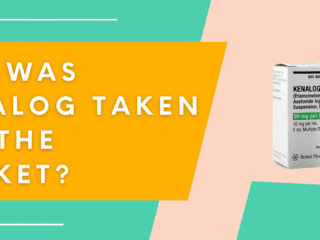Generic Name: Pegfilgrastim
Brands: Neulasta
Class: Colony-stimulating factor, leukocyte growth factor, bone marrow stimulant
Availability: Prescription only
Molecular Formula: C845H1343N223O243S9 + PEG
Substance UNII: 3A58010674 (pegfilgrastim)
What is Neulasta?
Neulasta is a bone marrow stimulant, specifically a colony-stimulating factor or leukocyte growth factor. It is the brand name of the drug pegfilgrastim.
What is Neulasta Used For?
Neulasta is for cancer patients who receive myelosuppressive chemotherapy, or bone marrow-suppressing chemotherapy.
Specifically, this demographic can take Neulasta to reduce their risk of febrile neutropenia, which is higher in those receiving this form of chemotherapy. Neutropenia is an extremely low count of neutrophils (belong to a group called granulocytes), which are a specific type of white blood cell. Febrile neutropenia is when fever and oftentimes other infection symptoms are present with this condition.
How Does Neulasta Work?
Hematopoietic cells play a key role in how pegfilgrastim works. Hematopoietic cells in adults are most often found in bone marrow. Now, hematopoietic stem cells are important as they help produce various kinds of blood cells, including leukocytes (white blood cells), which can be destroyed with chemotherapy.
Neulasta works by binding to G-CSF receptors on cell surfaces, which can activate hematopoietic cells to begin haematopoiesis, the creation of other blood cells like white blood cells. The subsequent increase in white blood cells can help patients fight complications like febrile neutropenia.
How Long Does it Take for Neulasta to Work?
Neulasta reaches peak serum concentration anywhere from 16 hours to 120 hours after administration.
Do Not Use Neulasta If:
There are several situations where this medication may not be the right choice for you. According to the FDA, the following should not use Neulasta:
- People who are allergic to pegfilgrastim
- People who are allergic to filgrastim
- Those who are hypersensitive to Neulasta or any of its components
- People with a history of allergic reactions to other drugs in Neulasta’s class (human granulocyte colony-stimulating factors)
Please note that this list may not be complete, and there may be other situations where use of this drug is not advisable.
Disclaimer: this article does not constitute or replace medical advice. If you have an emergency or a serious medical question, please contact a medical professional or call 911 immediately. To see our full medical disclaimer, visit our Terms of Use page.








